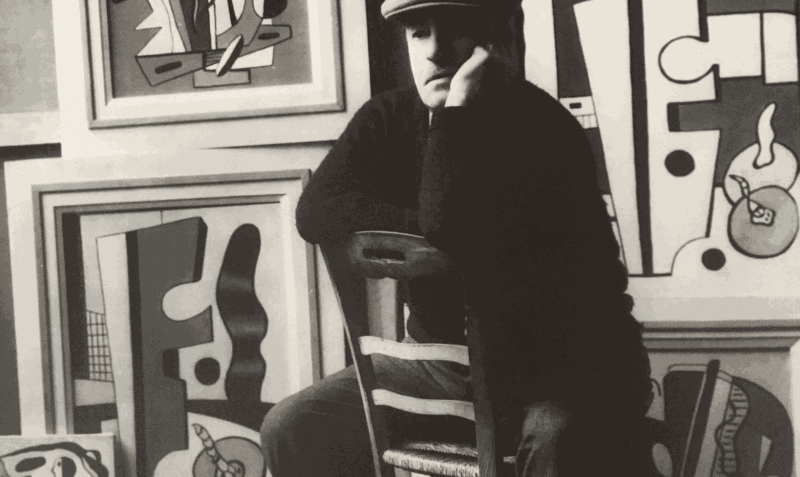
Share
- X
- Tumblr
Fernand Léger (1881–1955) was a pivotal figure in modern art, celebrated for his distinctive contributions to Cubism and his innovative approach to abstraction. His work is known for its vibrant use of color, geometric forms, and dynamic compositions, which played a significant role in shaping the direction of 20th-century art.
Fernand Léger was born on February 4, 1881, in Argentan, a small town in Normandy, France. His father was a carpenter, and his mother worked as a seamstress. Léger grew up in a modest environment, but his early exposure to art came from his father’s work and the local church’s stained glass windows.
In 1897, Léger moved to Paris to pursue an artistic career. He initially worked as an apprentice to an architect, but his passion for painting led him to enroll at the Académie Julian and later at the École des Beaux-Arts. During this period, he studied under various artists and was influenced by the burgeoning modern art movements in Paris.Léger's early work was influenced by Impressionism and Post-Impressionism, but his style began to evolve significantly in the early 1900s. He was heavily influenced by Cubism, a movement co-founded by Pablo Picasso and Georges Braque. Léger's approach to Cubism was distinctive, as he incorporated bold colors and a more pronounced sense of volume and structure into his work.His involvement with Cubism was marked by his participation in the Salon d'Automne and other avant-garde exhibitions. He developed a unique style often referred to as "Tubism", characterized by the use of cylindrical forms and a focus on the mechanization of modern life.
Léger’s work is known for its vibrant use of color, geometric abstraction, and the incorporation of industrial and modern themes. Key works include:
- "The City" (1919) - A landmark painting that reflects Léger’s fascination with urban life and the mechanization of the modern world.
- "Three Women" (1921) - A notable example of Léger’s use of geometric forms and bold colors to represent human figures.
- "The Builders" (1950) - One of his late works, showcasing his continued interest in the themes of construction and labor.
Throughout the 1920s and 1930s, Léger continued to gain recognition for his innovative approach to modern art. He was involved in various artistic and intellectual circles and was a key figure in the development of modernist art.During World War II, Léger's work took on a more political and social tone. He was deeply affected by the war and used his art to address themes of conflict and human resilience. After the war, his work became increasingly focused on themes of reconstruction and the human condition.Léger was awarded numerous honors throughout his career, including the Grand Prix at the 1937 Exposition Internationale des Arts et Techniques in Paris. His work was widely exhibited in major galleries and museums around the world, including:
- The Museum of Modern Art (MoMA), New York
- The Centre Pompidou, Paris
- The Musée d'Art Moderne de la Ville de Paris
- The Tate Modern, London